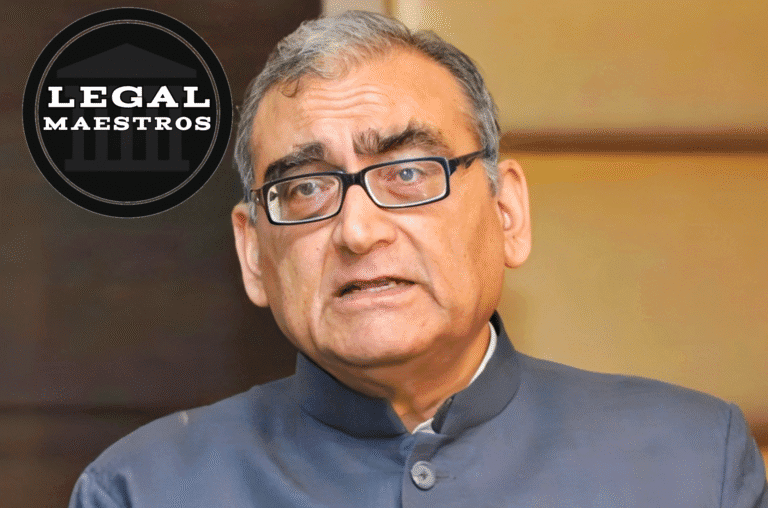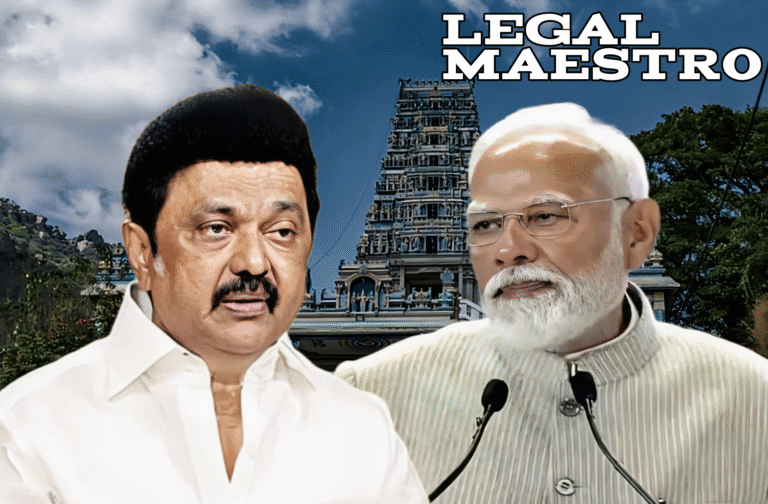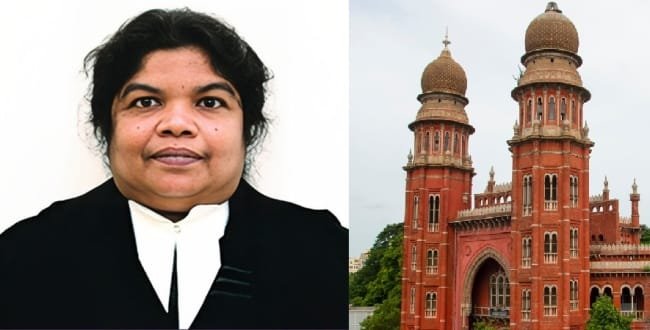
Exploring the Major Changes in Indian Evidence Laws Through Bhartiya Sakshya Adhiniyam
In December 2023, the Indian Parliament passed the Bharatiya Sakshya Adhiniyam (BSA), 2023, to replace the colonial-era Indian Evidence Act (IEA) of 1872. The legislative reform is intended to modernize India’s laws of evidence to be congruent with new technological developments and societal requirements. The BSA brings sweeping changes, especially related to electronic evidence, the linguistic aspect of the law, and the admissibility of types of evidence.
**Inclusion of Electronic and Digital Records**
One of the most significant developments in the BSA is the express inclusion of electronic and digital records in the definition of “documents.” Documents now include electronic or digital records like emails, server logs, computer files, messages, websites, cloud data, locational evidence, and voicemail messages on digital devices under Section 2(1)(d) of the BSA. This expansion recognizes the ubiquitous nature of digital communication and data storage within contemporary society and ensures that the legal system has the capability to deal with cases that include digital evidence. Recognizing these kinds of records as documentary evidence, the BSA offers a unifying framework for legal professionals, law enforcement officers, and judges to deal with digital evidence across different platforms.
For any queries or to publish an article or post or advertisement on our platform, do call at +91 6377460764 or email us at contact@legalmaestros.com.
citeturn0search0
**Admissibility of Electronic Evidence**
The BSA provides a solution to the challenges of electronic evidence admissibility. The BSA section 61 states that electronic or digital records cannot be held inadmissible based on the fact that they are in electronic form. This section allows for the utilization of digital evidence in court, an indication of the increased use of digital communication and its relevance in court cases. Despite that, the Supreme Court of India has acknowledged the vulnerability of electronic records to tampering and contamination. In *Anvar P.V. v. P.K. Basheer* (2014), the Court emphasized adequate protection measures against tampering and contamination of electronic records throughout the investigation process. Although the BSA stipulates the admissibility of such records, it does not set out protections to avoid tampering, which continues to pose a significant challenge. citeturn0search0
For any queries or to publish an article or post or advertisement on our platform, do call at +91 6377460764 or email us at contact@legalmaestros.com.
**Expansion of Expert Testimony**
The BSA expands the scope of expert testimony. Section 39 permits courts to receive opinions from those who are experienced in any trade or occupation demanding expert assessment, going beyond the confined areas included in the IEA, e.g., handwriting, science, art, foreign law, or finger impressions. The shift recognizes the growing importance of expert testimony in diverse fields because of the advancements of modern science and technology. By allowing expert views in more areas of expertise, the BSA facilitates the court’s access to specialized knowledge that is relevant to complex cases. citeturn0search6
**Legal Language Modernization**
For any queries or to publish an article or post or advertisement on our platform, do call at +91 6377460764 or email us at contact@legalmaestros.com.
The BSA performs a tremendous linguistic reform by eliminating colonial-era and archaic terms with new, contemporary, and inclusive terminology. For example, Section 124 substitutes the use of the word “lunatic” with “a person of unsound mind” in discussing the competency of witnesses. This change fosters a respectful dialogue regarding mental health within the law and is part of a larger societal trend towards inclusivity. Through the modernization of the language, the BSA hopes to minimize stigma and make legal language more in line with modern sensibilities and values. citeturn0search6
**Expansion of Secondary Evidence**
The BSA broadens the definition of secondary evidence to encompass oral and written admissions and the testimony of experts who can examine voluminous or complex documents that cannot easily be reviewed. This expansion permits a wider scope of evidentiary submissions before the court, including where primary evidence is not easily available. By identifying these types of secondary evidence, the BSA increases the flexibility and completeness of the evidentiary process, allowing courts to consider all available information. citeturn0search0
For any queries or to publish an article or post or advertisement on our platform, do call at +91 6377460764 or email us at contact@legalmaestros.com.
**Judicial Notice of International Treaties**
The BSA introduces a provision requiring courts to take judicial notice of international treaties, agreements, and decisions made by India in global forums. This change reflects the increased importance of international law in domestic proceedings and ensures that India’s legal system remains aligned with its global commitments. By mandating judicial notice of such international instruments, the BSA facilitates their integration into domestic law, promoting consistency and coherence in legal interpretations. citeturn0search6
**Protection of Ministerial Communications**
For any queries or to publish an article or post or advertisement on our platform, do call at +91 6377460764 or email us at contact@legalmaestros.com.
To ensure confidentiality of high-level government deliberations, the BSA contains a provision which bars courts from mandating production of communications between Ministers and the President of India. It balances the interests of transparency in judicial proceedings with the need to safeguard sensitive government communication. By protecting such communications, the BSA enables the executive to function unobstructedly without judicial interference, while at the same time, ensuring accountability and justice. citeturn0search6
**Challenges and Considerations**
Even with these developments, the BSA is confronted with challenges, especially regarding the admissibility and integrity of electronic evidence. The Supreme Court has pointed out the possibility of tampering with electronic records, emphasizing the necessity for strong safeguards in the investigation process. Although the BSA makes it easier to include electronic evidence, it also needs to address the mechanisms to guarantee its authenticity and avoid manipulation. Also, thorough training for the judiciary, the law enforcement systems, and the legal fraternity in India is required to cope with the new issues brought about through technological incorporation. Uniformity in application is to be ensured while dealing with multi-jurisdictional Indian geographies so as to preserve justice and equity ideals.
For any queries or to publish an article or post or advertisement on our platform, do call at +91 6377460764 or email us at contact@legalmaestros.com.
**Conclusion**
The Bharatiya Sakshya Adhiniyam, 2023, is a marked modernization of India’s evidentiary statute, aligning it with global realities and advancing technology. Through broadening the definition of documents and evidence to cover electronic forms, expanding the ambit of expert testimony, modernizing legal vocabulary, and dealing with the admissibility of diverse types of evidence, the BSA seeks to make the legal system more comprehensive and streamlined. Yet, the resolution of issues concerning the integrity of electronic evidence and effective implementation is essential to the full success of this legislative reform.
For any queries or to publish an article or post or advertisement on our platform, do call at +91 6377460764 or email us at contact@legalmaestros.com.







